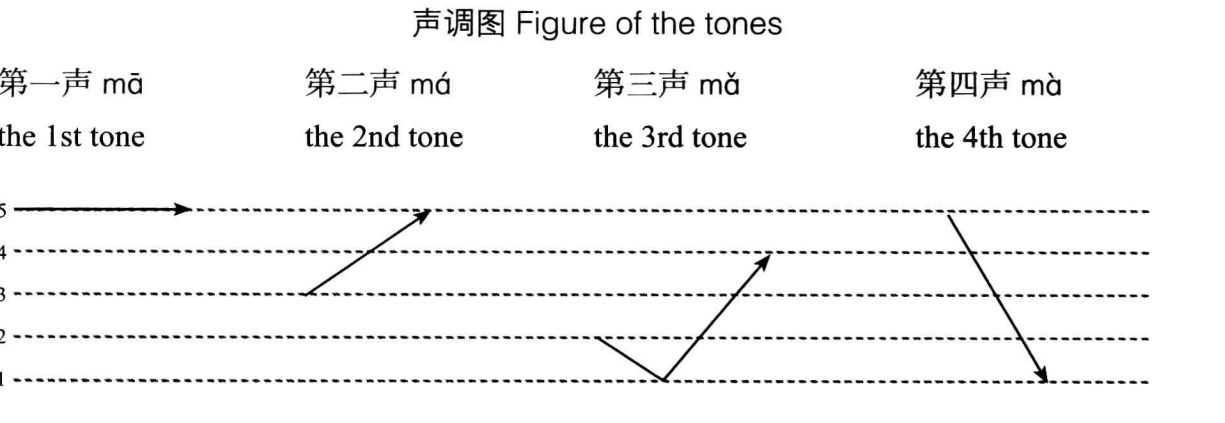Composition of Pinyin
A pinyin syllable is usually composed of an initial, a final and a tone. The consonant that starts a syllable is called the initial, and the part after the initial is the final. For example, in “lǐ” , “l” is the initial, “i”is the final, and “^” is the tone mark. some syllables do not have initials. A final and a tone can also make a syllable, such as “é”.

Initials

Finals

Chinese is a tone language. Different tones may result in different meanings. There are four basic tones in Chinese. They are marked as “- ”(the 1st tone),“﹐”(the 2nd tone),“^”(the 3rd tone) and“`”(the 4th tone) respectively. For example, mā, má, mǎ, mà. Tones are marked above the main vowel of the pinyin syllable.
